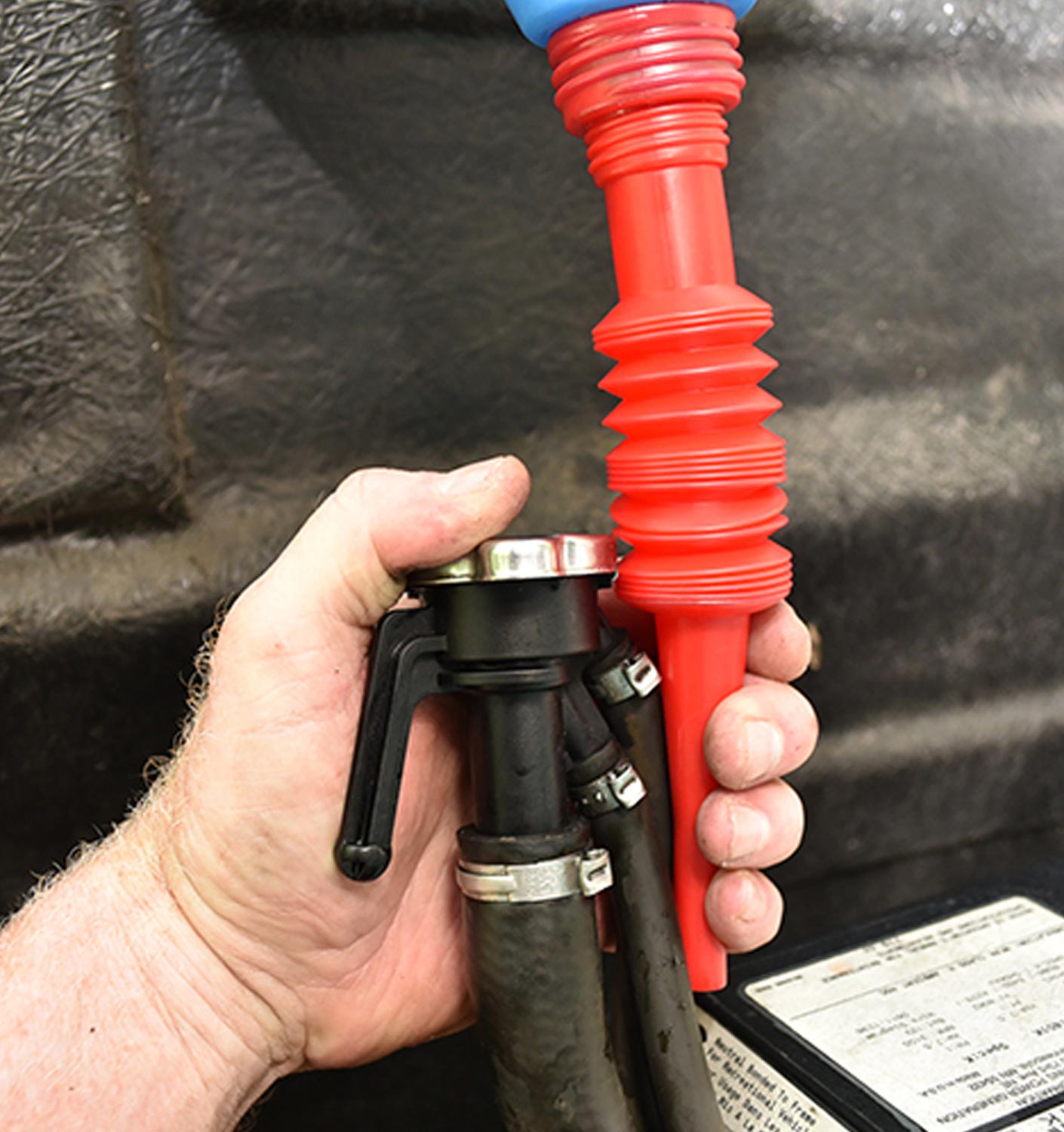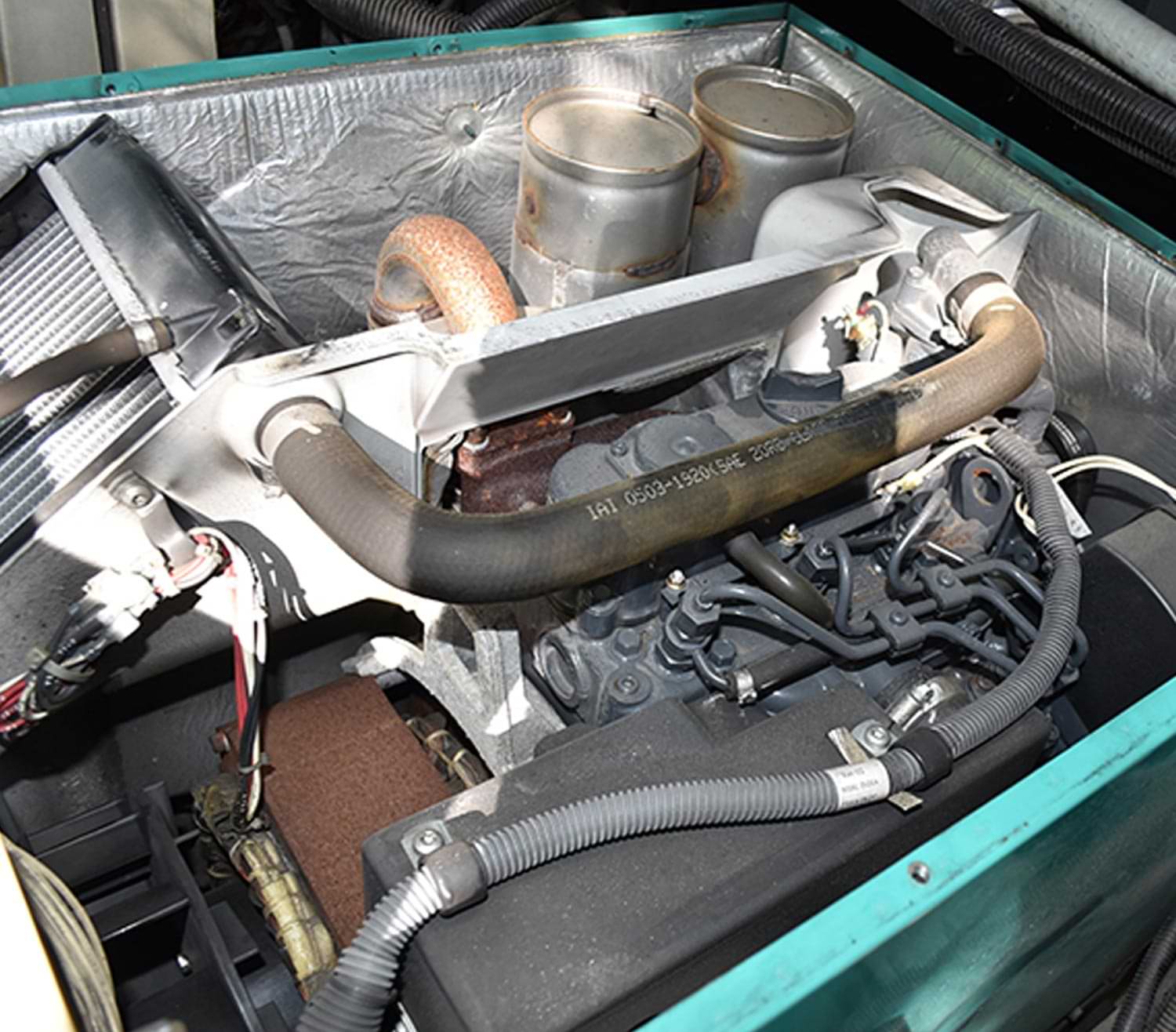Motorhome Diesel Generator Maintenance

The AC generator is really nothing more than a small garden tractor engine — and keeping it in top shape doesn’t require much more than a few tools and some time
And, it does so on a reliable basis — so long as you maintain the genset and perform service on a regular schedule. None of the requisite maintenance items for a diesel generator — changing the oil and oil filter, cleaning the spark arrestor and changing the air filter and the fuel filter — is especially taxing, but kept up to date, such maintenance will help to ensure that when you hit the “start” button it does what you want. To help guide you in the process, we’re going to illustrate what each step requires; in addition, we’ll show how to drain and flush the radiator and replace the coolant. Each of these service items have a schedule in the Onan owner’s manual so you may not need everything we are doing.
We picked these items because they are the most frequent and easy to do for an owner. If you have a different generator or a gas-powered generator the steps may be similar, but there could be a different service interval and different items that need to be serviced. So, make sure you check the owner’s manual or look up the exact model of your generator online to find the recommended maintenance schedule that applies to your unit and follow it. Also in the manual you will find the specifications for what type of coolant to use, as well as the oil viscosity.
To keep things simple, we suggest you use the same coolant in both the chassis engine and the generator so you can carry one gallon of the same coolant and it will work for either application. Of course, you need to check the owner’s manual and use an approved coolant type. For this generator, Onan simply specifies that you need to use an ethylene or propylene glycol coolant with no stop-leak additives.
Safety is the top priority on any DIY project so make sure you utilize stationary jack stands under the frame of the chassis — do not rely solely on the built in hydraulic or electric jacks. It is fine to use them to raise the coach high enough to place the jack stands. And, of course, make sure the jack stands are rated for at least the weight of the axle being supported.
















Adhering to a Service Schedule
Maintenance schedules differ between manufacturers and even units, so your first order of business should be to locate the schedule for your specific ac generator — and follow it. For example, here is the service schedule for the generator used in this article.
The belt change, hose replacement and thermostat replacement are considered more advanced and should most likely be performed by a qualified mechanic
150 Hours
Change engine oil and filter at least annually
Clean Spark arrestor least
Replace Fuel Filter
Check Coolant
Flush coolant; perform at least every two years
Replace radiator cap; perform at every two years
Replace engine belt; perform at least every 5 years
Clean crankcase breather; perform at least every 5 years
Replace hoses and thermostat; per form at least every 5 years
Already a Subscriber? Click here for Access to the Full Issues.

